This has the appearance of sun scald. However, we can’t imagine eggplant leaves getting sun scald with the paltry light from a window. Another possibility is a fungal problem. Look underneath the leaf at these spots and see if there is any sign of “mold” or fuzzy white or gray growth. If so, it’s definitely a fungus although without culturing in a lab it’s impossible to know which is the cause. We’d advise:
1. Removal of any leaves with symptoms.
2. Spray with an organic fungicide of your choice making sure to mix according to directions and coat stems, leaf top and bottom, and surface of the soil.
3. It may not be possible to save these plants, especially since such “water soaked spots” like these often indicate the presence of late blight. (Again – without a test we can’t know for sure which fungus this might be.) If you have plants that don’t show signs of infection you should move them to another room and spray well.
4. If there is no sign of mold under these spots it’s possible that they are the result of something hitting the leaves…was a cleaning product used nearby or something else sprayed on the foliage? Again, the treatment would be to remove infected leaves, transplant to larger, sterile pots with new soil and see what happens.
5. In the future, make sure to use sterile pots, new seed-starting mix (not garden soil) and to grow the plants in a situation where there is a fan for good air circulation. Try not to get the foliage wet when watering and no misting of the plants. Finally, it is recommended to sow eggplant seeds no more than 8 to 10 weeks before your last frost. Your seedlings look big enough to plant outside right now, and we have to wonder if the snow has melted for you.
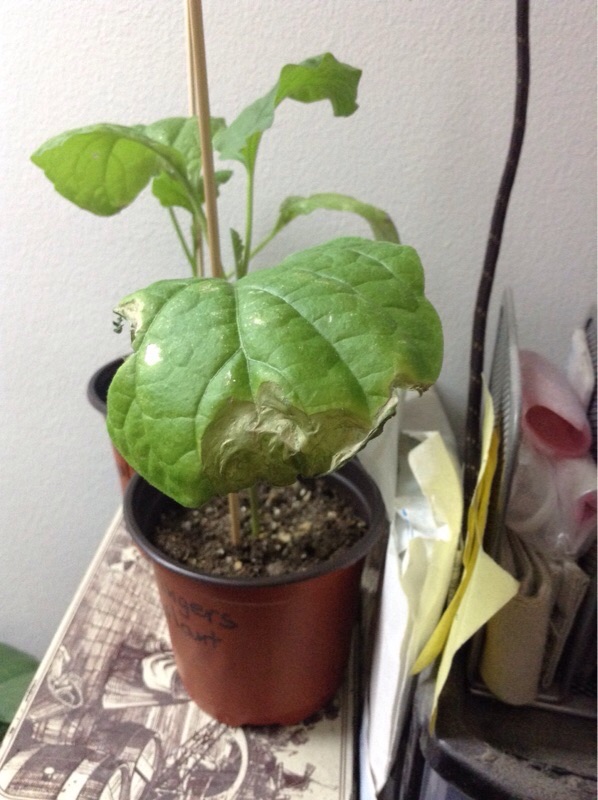
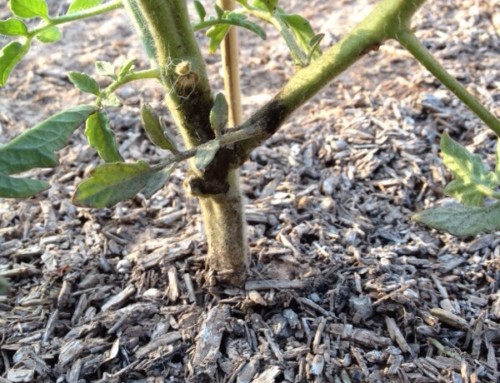
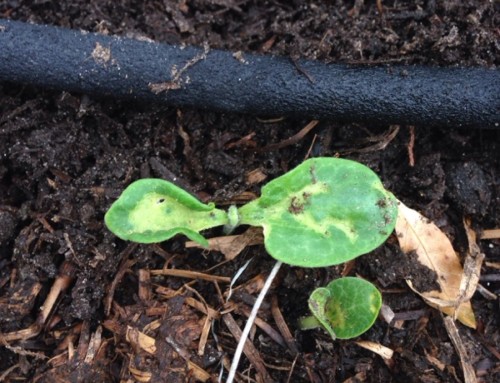
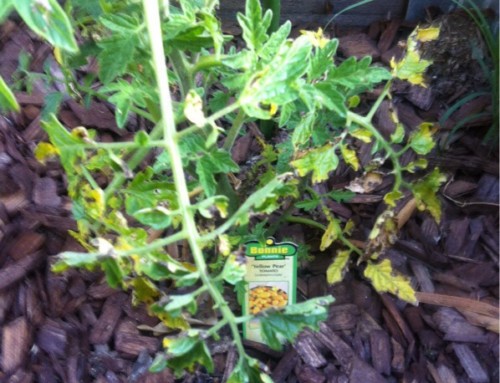
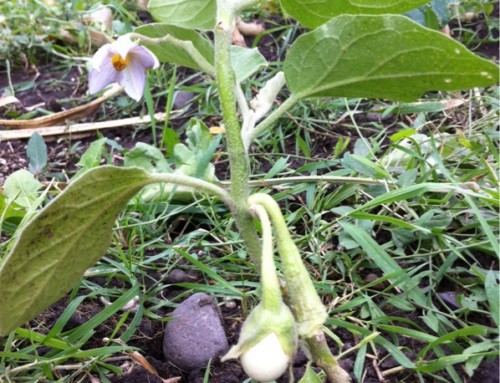
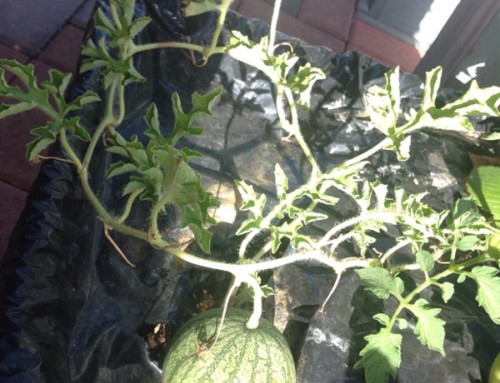
Leave A Comment